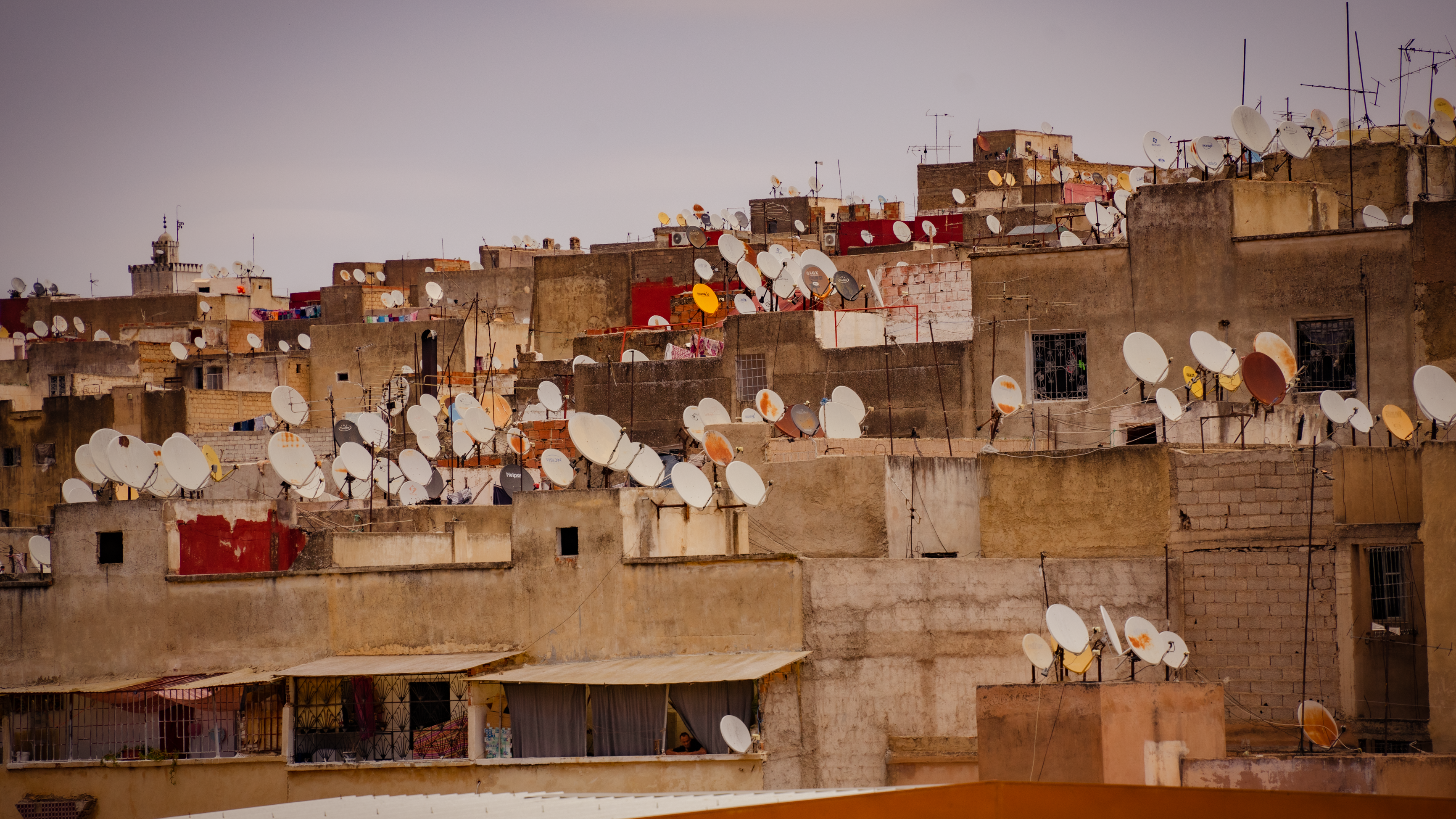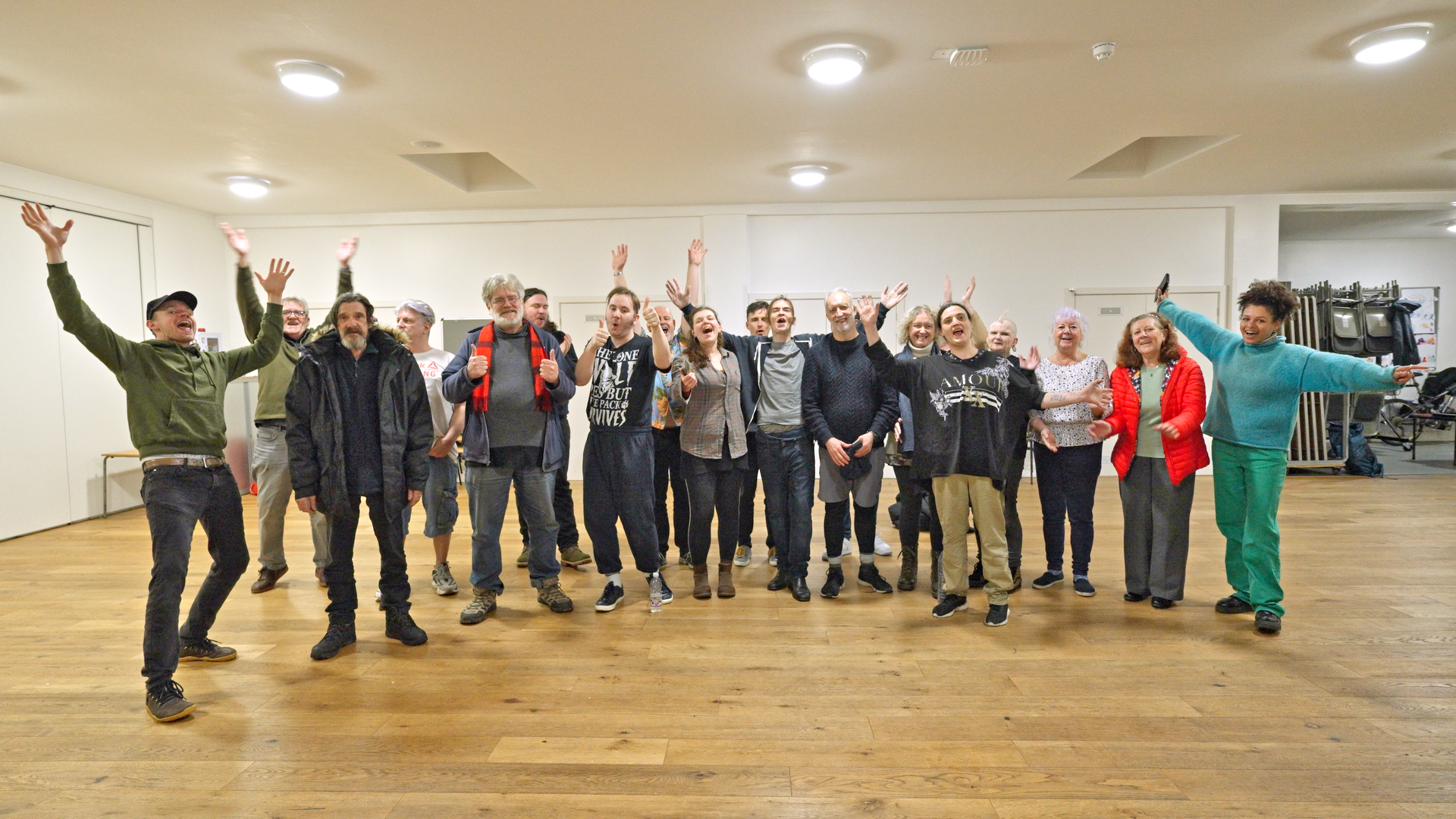Fortress Rupea in Transylvania.
Flying to Bucharest from Luton might not be classed as the most idealistic way to travel with your loved one. Staring out of the dreamless departure room towards a line of tired looking 737s, you console yourself that the flight was under ten euros, and once onboard you can share the dubious – though doubtlessly rejuvenating – bottle of nameless Polish spirit from duty-free.
A wooden heart adorns a mountain in the Southern Carpathians.
When telling friends and relatives that we were off to Romania for a romantic Valentine trip, the standard reaction was a quizzical glance, often prefaced by the word ‘Why?’. If you have paid any attention to the past five years of British politics (and I don’t blame you if you haven’t), you would know that Romania’s application to be part of the Schengen Area was leveraged by Brexiteers as a reason to leave Europe. Romanians were branded as ‘pickpockets’, ‘pillars of the sex trade’, and ominously described by Nigel Farage as ‘people I wouldn’t want as neighbours’. Whilst this last quote is no doubt a vast relief to any Romanian living in the UK, an unconscious bias does exist that draws many away from the unknowns of Eastern Europe. As a result, the rich alpine landscapes and cultural havens of Romania and Bulgaria are often overlooked in favour of a tourist filled Paris, or an unaffordable Venice. I’m not attempting to draw merit away from either, which are beautiful in their own right, but merely to give some much-needed praise to their eastern counterparts.
Arriving into Bucharest’s erratically modern Otopeni Airport, we jumped at offers of £5 car hire (30 Romanian lei), and headed straight for the centre of Romania’s capital. Driving through a built-up area dotted with soviet-era towerblocks, we came sharply to face Bucharest’s very own Arch of Triumph, a neoclassical monument to WW1 that helps to explain Bucharest’s claim to ‘The Paris of the East’.
There is a unabrasive and honest charm to the eclectic, yet elegant architectural mix of Bucharest’s old town. Arriving on a Sunday morning the streets were quiet, with hints of choral music filtering from the open doors of Orthodox churches. Upon wandering inside, you will be instantly transported by the smell of incense, and held by rhythmical chants. Figures peer from fantastical murals and walls of intricate iconography. The open door invites you in, and those partaking in the casual formality of an Orthodox celebration accept your presence without a second glance. A 2022 census showed that 87% of Romanian’s identify as having a faith, a figure much over the European average.
The Monastery at Curtea de Argeș.
The following day, we headed north through the mysticised southern peaks of the Carpathians and into Transylvania. Putting Bucharest behind us, we left the highway, stopping in the monastery town of Curtea de Argeș for lunch. Life here felt removed from the modernity of the capital. We passed donkey carts filled with hay and old men balancing precarious loads on bicycles. Despite mixed ways of living, conveniences remained – there was not one moment in Romania we weren’t on a well maintained tarmac road, or without phone service.
The snow topped Făgăraș Mountains cast a shadow over Lake Vidraru.
The wood cabin we booked on AirBnB was located in a mountainous region about an hour south of Romania’s second city, Cluj-Napoca. Arriving late at night we drove down a twisting valley where signs warned of bears and wolves. It was a comfort to get inside and light a fire. Outside, the temperature was below -7, which froze the water pipes and misted the windows. Still slightly on edge, we began to hear a tapping from behind the closed door. Peering round a closed curtain we snatched a look, only to find a cold, rather grumpy cat. We warmed him some buttermilk, and in turn felt instantly at home.
Our Transylvanian cabin.
We arose with the sun the subsequent morning, which revealed our location in a beautiful forested valley, surrounded by sheer cliff-faces and snow-topped peaks. We spent the next couple of days exploring our immediate surroundings, leaving only to pick up groceries in a nearby village. Despite their rugged nature, the mountains felt overtly warm and welcoming, and glorious sunsets shed golden rays down the valley. The daytime temperature was a mild 6 degrees, and when out walking it felt that we had the mountains to ourselves. The Alps of the Carpathians are smaller, but no less impressive than those of Switzerland, despite the much lesser footfall. The few people we met were slightly bemused, but overwhelmingly welcoming, keen to provide recommendations on the local area.
A forest clings to a jagged outcrop in the snow, Sub Piatra.
Dracula’s birthplace in medieval centre of Sighișoara.
Leaving the cabin, we drove cross-country to Brașov, stopping off at the medieval town of Sighișoara, famed as the birthplace of Vlad the Impala (Dracula) in the mid-1400s. The country we drove through was the scene of many historic battles, rich with ornate towers and fairy-tale castles. A provincial capital, Brașov is found about two hours north of Bucharest. Known as a student city and gateway to nearby Carpathian ski-resorts, the atmosphere was lively and energetic. We explored it at night, drifting between wine bars, tasting local wines and a type of home brewed plum brandy called ‘ţuica’. It felt an appropriate way to end our time in Romania before heading home from Bucharest the next day.
*a note on affordability:
With car hire, flights and accommodation, the total cost of five nights in Romania for two people was around £250. The cost of living is a fraction of UK prices, with a two-course meal for two with wine costing under £20, and a Lidl bakery croissant costing about 25p. International tourism is encouraged in Romania, as it provides a good source of income for the economy. As such, the spirit towards tourists is generally friendly and welcoming.









